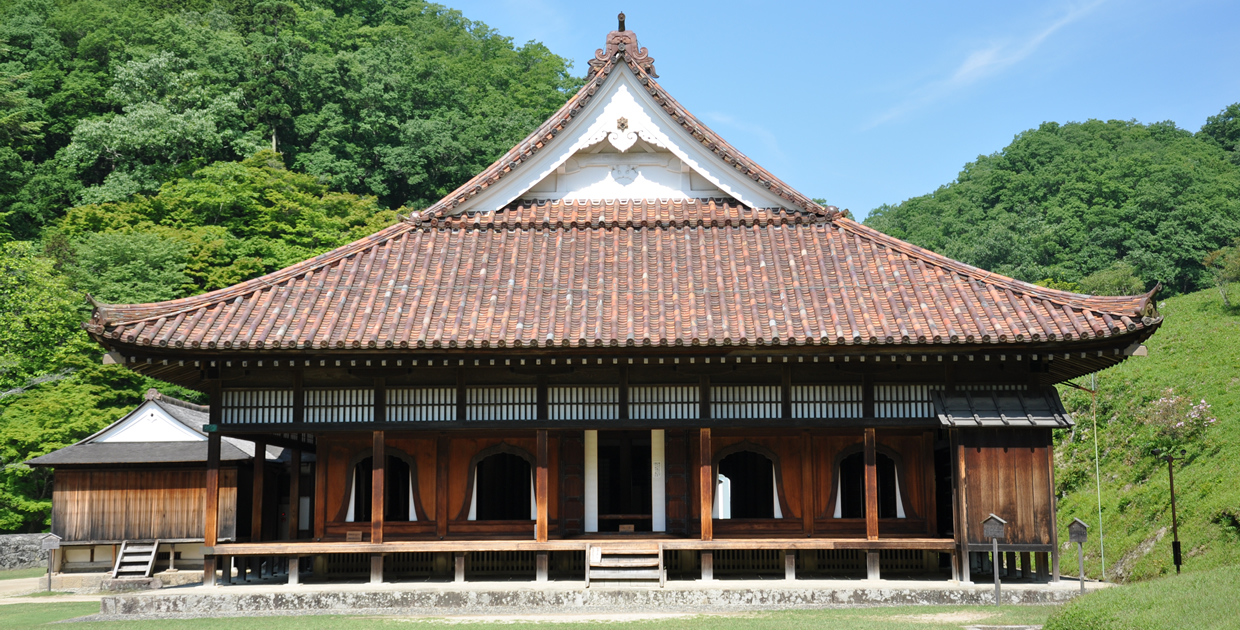
The United Nations Educational, Scientific and Cultural Organization (UNESCO) adopted its Convention Concerning the Protection of the World Cultural and Natural Heritage, commonly referred to as the World Heritage Convention, at the General Conference of 1972. The convention establishes a World Heritage Committee to create a “World Heritage List” of properties recognized as having Outstanding Universal Value and meeting the criteria for cultural heritage, natural heritage, or both.
The Operational Guidelines for the Implementation of the World Heritage Convention established by the UNESCO World Heritage Centre defines cultural heritage, natural heritage, and mixed heritage as follows.
Monuments: architectural works, works of monumental sculpture and painting, elements or structures of an archaeological nature, inscriptions, cave dwellings and combinations of features, which are of Outstanding Universal Value from the point of view of history, art or science.
Groups of buildings: groups of separate or connected buildings which, because of their architecture, their homogeneity or their place in the landscape, are of Outstanding Universal Value from the point of view of history, art or science.
Sites: works of man or the combined works of nature and of man, and areas including archaeological sites which are of Outstanding Universal Value from the historical, aesthetic, ethnological or anthropological points of view.
Natural features consisting of physical and biological formations or groups of such formations, which are of Outstanding Universal Value from the aesthetic or scientific point of view.
Geological and physiographical formations and precisely delineated areas which constitute the habitat of threatened species of animals and plants of Outstanding Universal Value from the point of view of science or conservation.
Natural sites or precisely delineated natural areas of Outstanding Universal Value from the point of view of science, conservation or natural beauty.
Properties that satisfy a part or the whole of the definitions of both cultural and natural heritage.
Properties registered as World Heritage sites must be fixed properties; in other words, they are limited to land or buildings that are immovable.
For this reason, even if a religious structure, for example, were to be designated as a World Cultural Heritage site, the religious statues enshrined within it, ceremonial objects used during religious services, or other works of art (movable properties) would not be considered.
Copyright©2025 World Heritage Inscription Council for the Early Modern Japanese Educational Sites. All rights reserved.